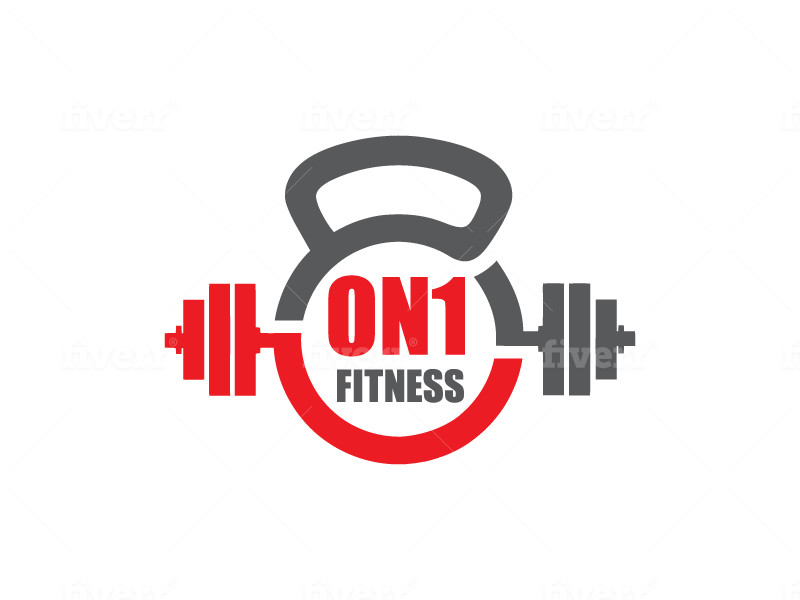Want to Lose Weight at Gym-Fix? Follow This Plan
The gym is a perplexing place for many people. What exercises should you do? How many sets and reps? How much weight? And what type and how much cardio will help you burn that belly fat?
It doesn’t need to be confusing. Any type of gym workout will help you lose weight, and the best routine is one you enjoy doing. That being said, when it comes to how to lose weight at the gym, there are a few types of gym workouts that stand out among the rest.
How to Lose Weight at the Gym
The first thing to note is that the best exercise to lose weight is one that challenges you. Going for a leisurely walk on the treadmill a few times a week is not going to make much of a dent in your body fat. As with anything in life, if you want to lose weight, you need to work for it.
Make sure that you are working to your potential each time you go into the gym. And be sure your routine is progressive — meaning the challenge increases over time. Add a little more weight, a little more speed, a few more sets or reps of each exercise. The harder you work, the more benefits you’ll reap.
The Best Gym Cardio Workout
If you can read a magazine during your treadmill workout, you’re not working hard enough. For a vigorous cardio workout, you shouldn’t be able to talk without pausing and your breathing should be rapid and deep, according to the Mayo Clinic. This gives you the greatest benefits, not only in terms of weight loss, but also in terms of your cardiovascular health. But if you’re short of breath or in pain, it’s best to cut back to a moderate intensity and work up to a higher level.
If you are walking on the treadmill, aim to go at a pace of 4 mph or faster and/or increase the incline to challenge yourself even more. Jogging and running can burn more calories than walking, so if you can, up the pace. The same is true for the elliptical machine, stairclimber and stationary bicycle.
Remember: The more muscle groups you can work at one time, the more calories you can burn. For that reason, if you are using an elliptical machine, use the handlebars to push and pull to get your upper-body muscles working.
High-Intensity Interval Training Workouts for Weight Loss
High-intensity interval training, or HIIT, is a type of exercise that alternates periods of intense effort with periods of recovery. The theory is that because you only have to work hard for a short time, you can really push yourself and burn more calories than if you just stayed at a steady pace throughout your workout.
Interval training not only saves time, but it’s also more effective for fat loss than steady-state training. A systematic review and meta-analysis published in the British Journal of Sports Medicine in April 2019 examined data from 77 studies and found that people who did interval training lost 28.5 percent more total fat mass than those who did moderate-intensity steady-state workouts.
The researchers noted that fat loss isn’t just about the number of calories you burn during a workout, but also about how your body reacts to training afterward. Because HIIT is so challenging, your body needs to expend more energy to repair and recover. You continue burning calories at a higher rate after a HIIT workout than after a steady-state workout, according to the American Council on Exercise.
How to Do HIIT at Gym-Fix and Lose Weight
This type of workout is easy to do on a cardio machine at the gym. Here’s a sample workout you can try:
- Warm up at an easy pace for five minutes.
- Increase your pace to an all-out effort for one minute.
- Return to an easy pace (4 mph on the treadmill) for two minutes.
- Repeat both intervals five more times, trying to work a little harder during each sprint interval.
- Cool down at an easy pace for five minutes.
As its name implies, HIIT is intense. If you’re just starting out, don’t feel like you need to sprint. A mix of walking and running might be just your speed. But do increase the intensity as you get fitter. And don’t do HIIT every day. Your body needs time to recover after tough workouts, so it’s best to space these workouts a couple of days apart.
Resistance Training Is Key in Any Gym Plan for Weight Loss
If you’re not strength training, you’re not reaching your full weight-loss potential. Strength training builds muscle mass, which not only makes you look lean and toned as you lose fat, but it also increases your metabolism. According to Paige Kinucan and Len Kravitz, PhD of the University of New Mexico, muscle is responsible for up to 20 percent of your total daily energy expenditure, while fat only accounts for less than 5 percent. The more muscle you have, the more calories you’ll burn around the clock. There are many different types of resistance-training programs for many different goals, whether it’s building size, strength or endurance. The fact is, any one of these programs is beneficial for fat loss as long as it is challenging enough and gets progressively more challenging.
Tip
If your technique is suffering as you fatigue, lower the resistance or rest longer before continuing.
The gym is the ideal place for resistance training since you have access to plenty of machines and tools: the squat rack, heavy barbells, leg press machine, bench press and so on.
Circuit and Tabata Training at Gym-Fix for Weight Loss
Circuit training involves doing several different exercises back-to-back with no rest in between sets. You do a certain number of reps for one exercise, then immediately move to the next. At the end of one round, you’ll rest for a minute or two and then repeat the round as many times as you would like. You can rotate between almost any gym machine or exercise.
Tabata training is a type of HIIT workout in which you do an exercise for 20 seconds, then rest for 10 seconds, and repeat that for eight rounds. After eight rounds, which equals four minutes, you switch to your next exercise. Just like with interval sprints, the idea is to really work for that 20 seconds, then enjoy the following 10-second rest.
Gym Workouts for Beginners to Lose Weight
For a circuit workout, try:
- Push-ups (12 reps, regular or knees)
- Squat curls and presses (12 reps)
- Sumo squats (12 reps)
- Plank hold (30 to 60 seconds)
- Reverse lunges (12 reps)
- Dumbbell rows (12 reps)
- Kettlebell swings (15 to 25 reps)
- Shoulder presses (12 reps)
For a Tabata workout, try:
- Reverse lunges
- Mountain climbers
- Push-ups
- Jump squats
- Renegade rows
- Kettlebell swings
Tip:
You can download a Tabata timer app for your phone to make timing easy. Remember to warm up before your workout.
For a gym machine workout, try:
- Start your workouts with dynamic stretches to loosen up your connective tissues. Perform side bends, heel lifts, arm crossovers, shoulder circles, forward leg swings, reverse lunges and alternating toe touches to target your whole body. Aim for 10 to 12 reps with each stretch.
- Do cardio four times a week. Pick the cardio machine you like best. Perform a cardiovascular workout four days a week. Step onto your machine and begin exercising at a light pace for five minutes to slowly raise your core body temperature. Increase your speed to a point at which you are breaking a sweat and stay there for the rest of your workout. Feel free to swap in a HIIT or Tabata workout here.
- Step into the weight room to build muscle. Lift weights two days a week on nonconsecutive days to increase your resting metabolic rate and burn more calories around the clock. Do exercises that target as much of your body as possible, such as bench presses, shoulder presses, lat pulldowns, triceps pushdowns, biceps curls and leg presses. Perform 10 to 12 reps and do three or four sets of each exercise. Keep your rest breaks 60 seconds or less to keep your heart rate up.
- Attend yoga classes twice a week. When you feel less stressed, you may find it easier to stick with healthy eating and exercise habits. Do yoga on your days off from cardio and weight training. This will also improve your flexibility and allow your muscles time to recover.


